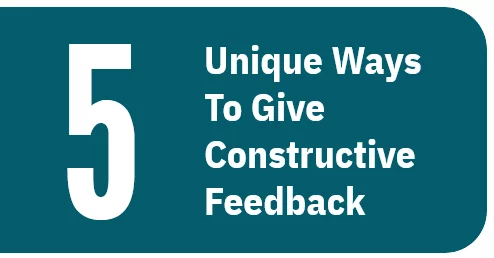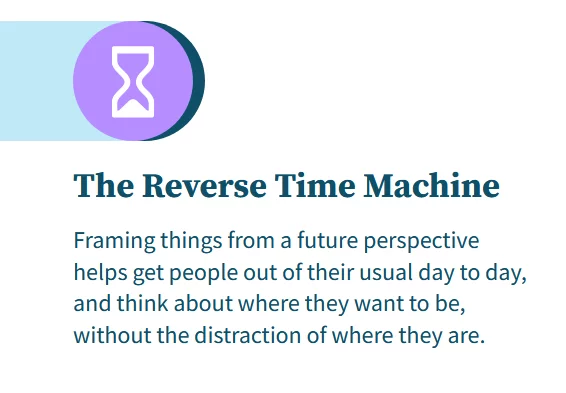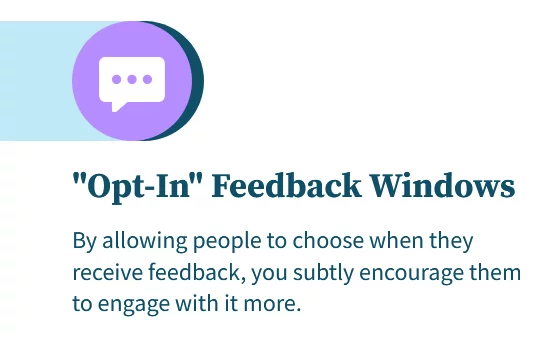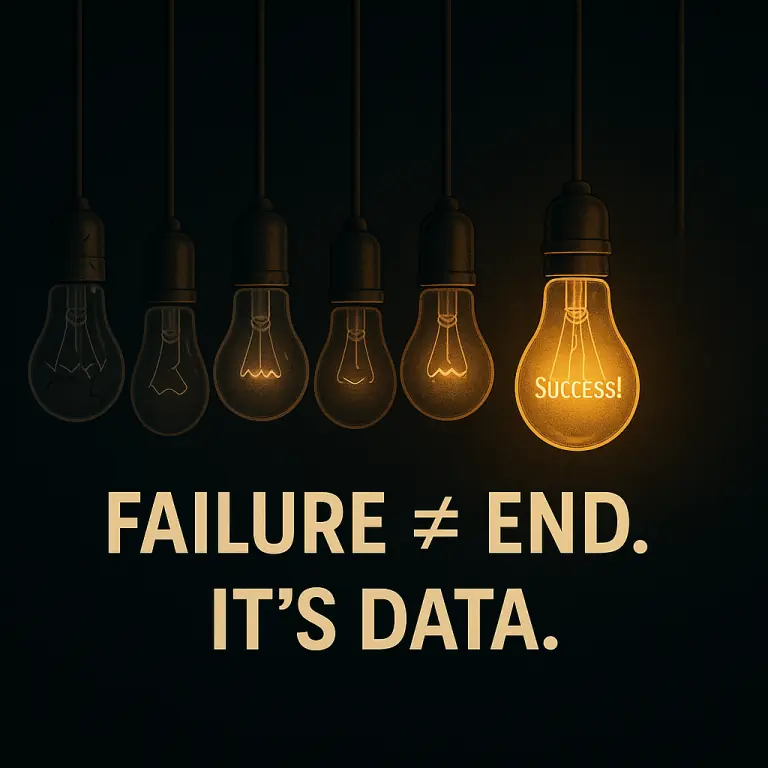
5 Unique Ways To Give Constructive Feedback
Contents
As a manager, one of your most important responsibilities is helping your team grow and perform.
Sometimes that means delivering constructive feedback.
But here’s the challenge: how do you give honest feedback that helps someone improve, without leaving them feeling discouraged or deflated?
After years of managing teams, one thing I’ve learned is this: feedback isn’t just about improvement.
It’s about trust, respect, and shared goals.
Here’s how to approach constructive feedback in a way that supports development and maintains motivation.
1. Use A “Feedback Forecast” Model
Set expectations about how and when feedback will happen before anything goes wrong.
Mention in team meetings or one-on-ones:
“You’ll occasionally get feedback from me aimed at growth—not as criticism, but because I want to help you develop.”
This reframing makes feedback feel expected and constructive, not punitive.
It lowers anxiety and builds a more open feedback culture.
Letting your team know that feedback is part of the rhythm of working with you creates safety, not stress. This is a core part of our line manager courses, ensuring people understand where you are coming from.
Outcome: Reduces defensiveness and normalizes ongoing feedback conversations.
2. Try The “Reverse Time Machine” Technique
Instead of focusing on what went wrong, shift to a future-facing mindset. Ask:
“Let’s imagine it’s a month from now—what would you like to say you did differently?”
This takes the emotional heat out of the current issue and invites your team member to take ownership of change in a proactive, reflective way.
It also nudges people to start visualising success, which makes change feel more possible.
Outcome: Encourages growth thinking and creates personal investment in improvement.
Rather than presenting feedback as a directive, frame it as a low-pressure experiment:
“Let’s try approaching this differently for the next two weeks and see what changes.”
Co-design a hypothesis, define what you’ll observe, and reflect together.
This empowers your team member while making the process data-driven and curiosity-led. It’s also a great way to motivate your team as a whole!
Plus, it reduces the fear of failure – after all, it’s just an experiment.
Outcome: Boosts buy-in and transforms feedback into shared learning.
4. Offer “Opt-In” Feedback Windows
Instead of dropping feedback on someone unannounced, give them agency:
“I’ve got some feedback that I think will help—would you prefer to chat about it this afternoon or tomorrow morning?”
Letting them choose their moment preserves psychological safety and can improve how the message is received.
It also shows respect for their workflow and state of mind, which goes a long way in maintaining morale.
“Opt-In” feedback windows also stops your feedback from feeling like micromanagement.
Outcome: Makes feedback feel respectful, not imposed.
5. Gamify Small Wins Post-Feedback
Add a light touch of fun and recognition:
“If you hit this improvement three times in a row, you choose the next team lunch spot.”
It’s not about turning performance into prizes, but about adding positive reinforcement to encourage momentum.
A little friendly challenge can make improvements feel more like a team sport than a solo struggle.
Outcome: Builds energy around change and celebrates progress, not just perfection.
Final Thoughts
Constructive feedback doesn’t have to be uncomfortable or demotivating.
When done creatively and intentionally, it can actually become one of your most powerful tools for team development.
By reframing feedback as collaboration, giving people control, and using unusual but effective techniques, you turn difficult conversations into growth opportunities.
And most importantly, you remind your team that you’re in their corner.
- Facebook: https://www.facebook.com/profile.php?id=100066814899655
- X (Twitter): https://twitter.com/AcuityTraining
- LinkedIn: https://www.linkedin.com/company/acuity-training/





